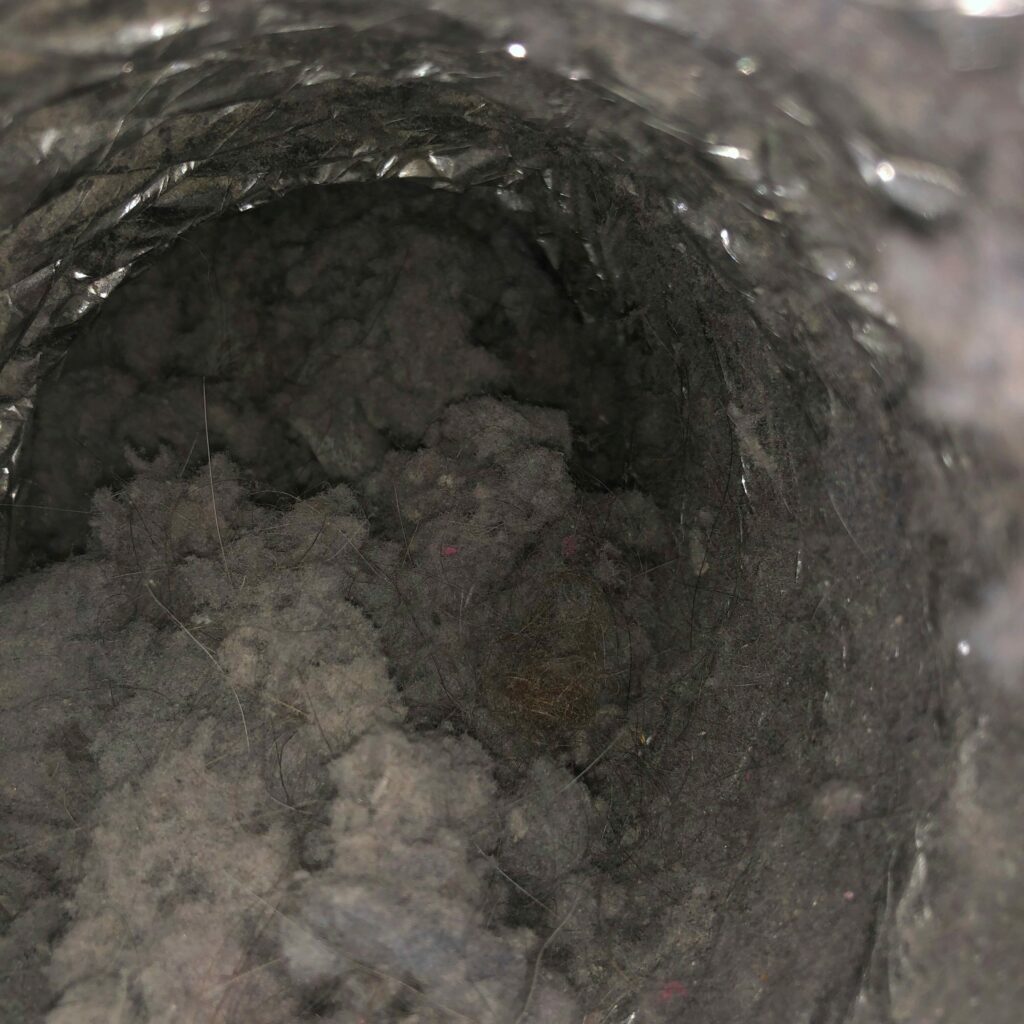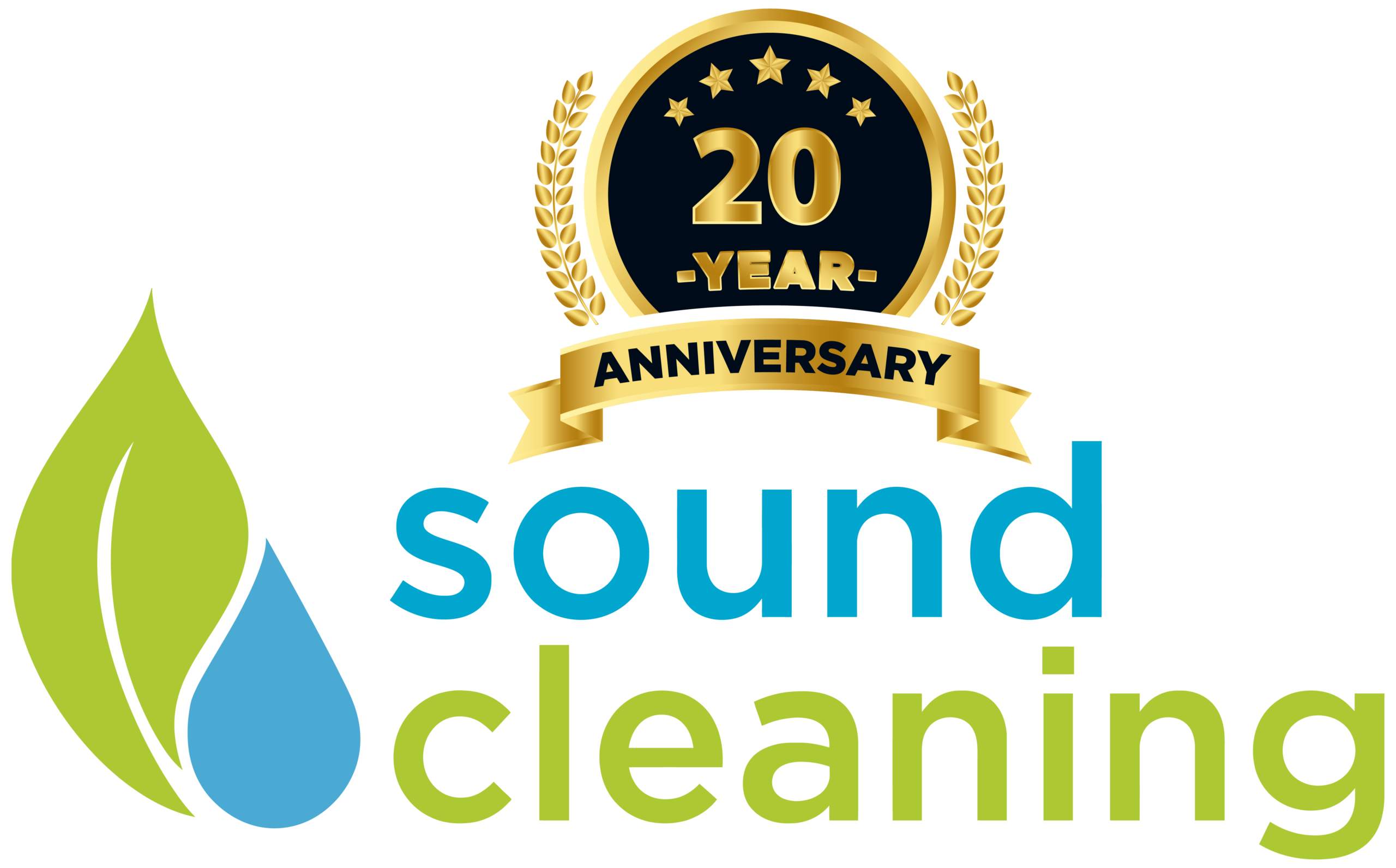Our Blog
In the damp and often chilly climate of the Pacific Northwest, keeping our homes warm and cozy is a top priority. From Bellingham to Portland the humidity can be a major factor in blockages in your dryer ducts. While we rely heavily on appliances like dryers to help keep our homes comfortable, many homeowners overlook a crucial aspect of dryer maintenance: cleaning the dryer vents. Neglecting this task can lead to serious safety hazards, particularly in regions like ours where moisture is a constant companion.
The Risks of Neglected Dryer Vents
Over time, lint, dust, and other debris accumulate in dryer vents. In the Pacific Northwest, where the air tends to be more humid, these materials can become damp and compacted, increasing the risk of blockages. When a dryer vent is clogged, the appliance must work harder to push hot air and moisture through the system. This not only reduces the efficiency of the dryer, leading to longer drying times and higher energy bills, but it also creates a significant fire hazard.
According to the U.S. Fire Administration, clogged dryer vents are one of the leading causes of residential fires. The heat generated by the dryer can ignite the trapped lint, quickly turning a routine chore into a devastating blaze. In early March, a fire started in a Seattle home clothes dryer and caused over $10,000 in damages as documented by the City of Seattle. This is just one example of the thousands of fires started from dryers per year.
For homes with gas dryers, a clogged dryer vent can pose a risk of carbon monoxide poisoning. A blocked vent prevents exhaust gases from being properly expelled, allowing this deadly gas to build up inside your home. Carbon monoxide is colorless and odorless, making it especially dangerous if not detected in time. Be sure you have your carbon monoxide detector up and running, and if you live in Seattle and don’t have one, you can click Here for a free smoke and Carbon Monoxide alarm provided by the city.
The beautiful greenery of the PNW comes with the price of our constant showers and humidity. These conditions are the perfect breeding ground for mold, and yes, this can even grow in your dryer ducts. If your dryer vent is blocked, moisture from the drying process can become trapped inside the vent, leading to damp conditions that are perfect for mold growth. Mold can cause respiratory issues, allergic reactions, and other health problems, particularly in individuals with existing respiratory conditions or weakened immune systems. For more information regarding mold contamination, click here and learn from the experts at the Washington State Department of Health.
Conclusion
In the Pacific Northwest, where the climate can contribute to quicker buildup in dryer vents, regular professional cleaning is not just a recommendation—it’s a necessity. By staying proactive and scheduling regular cleanings, you can keep your dryer running smoothly, reduce energy costs, and most importantly, protect your home from the risk of fire and other dangers. Don’t let something as simple as lint put your safety at risk; make dryer vent maintenance a priority.


